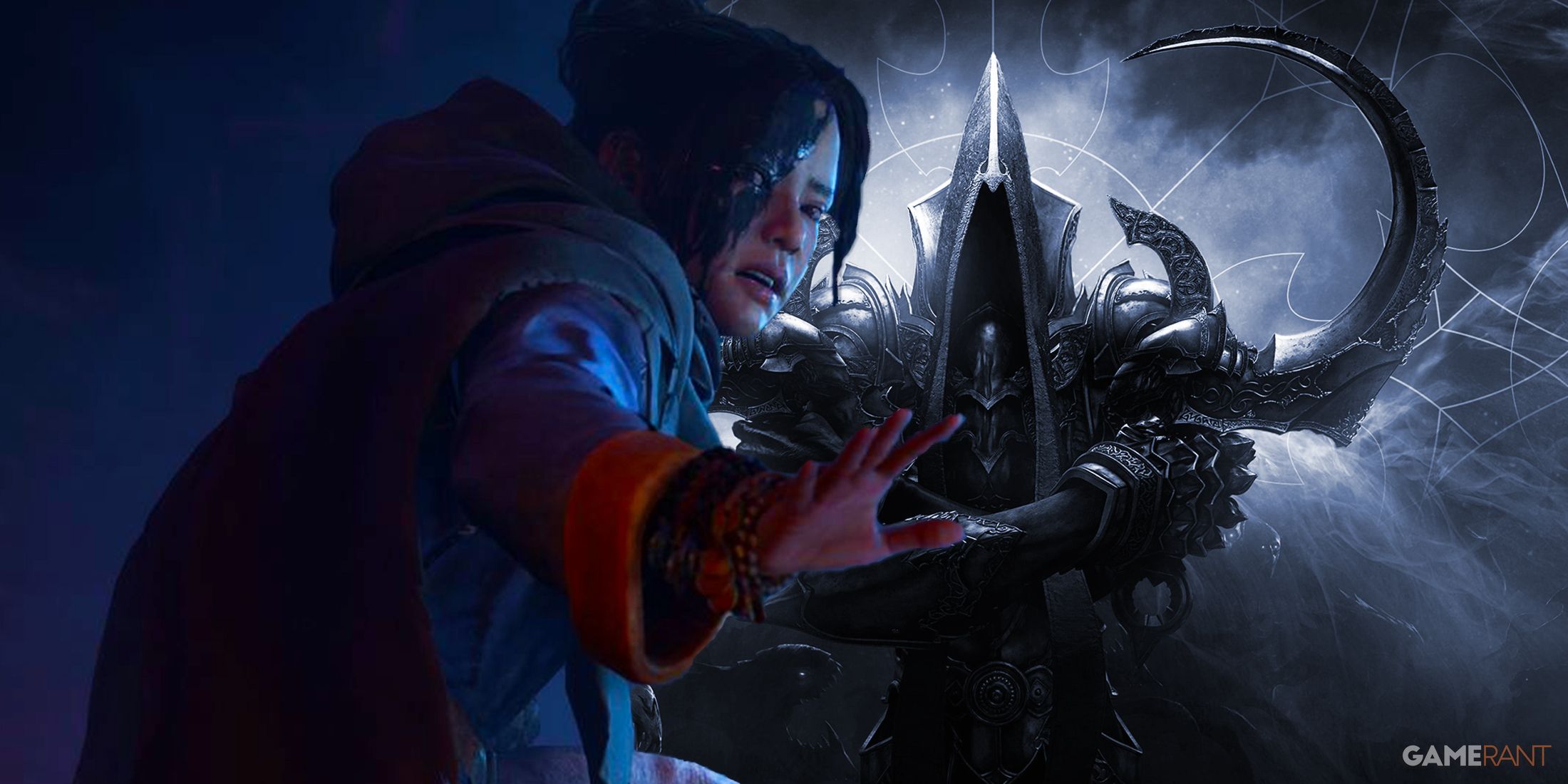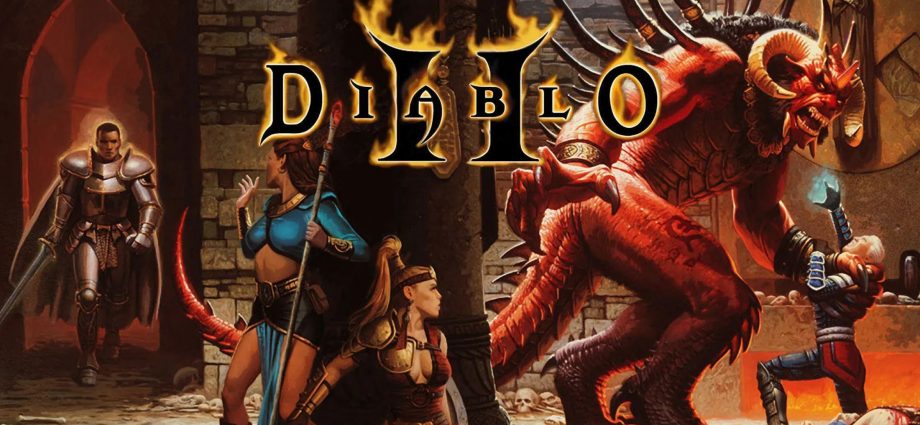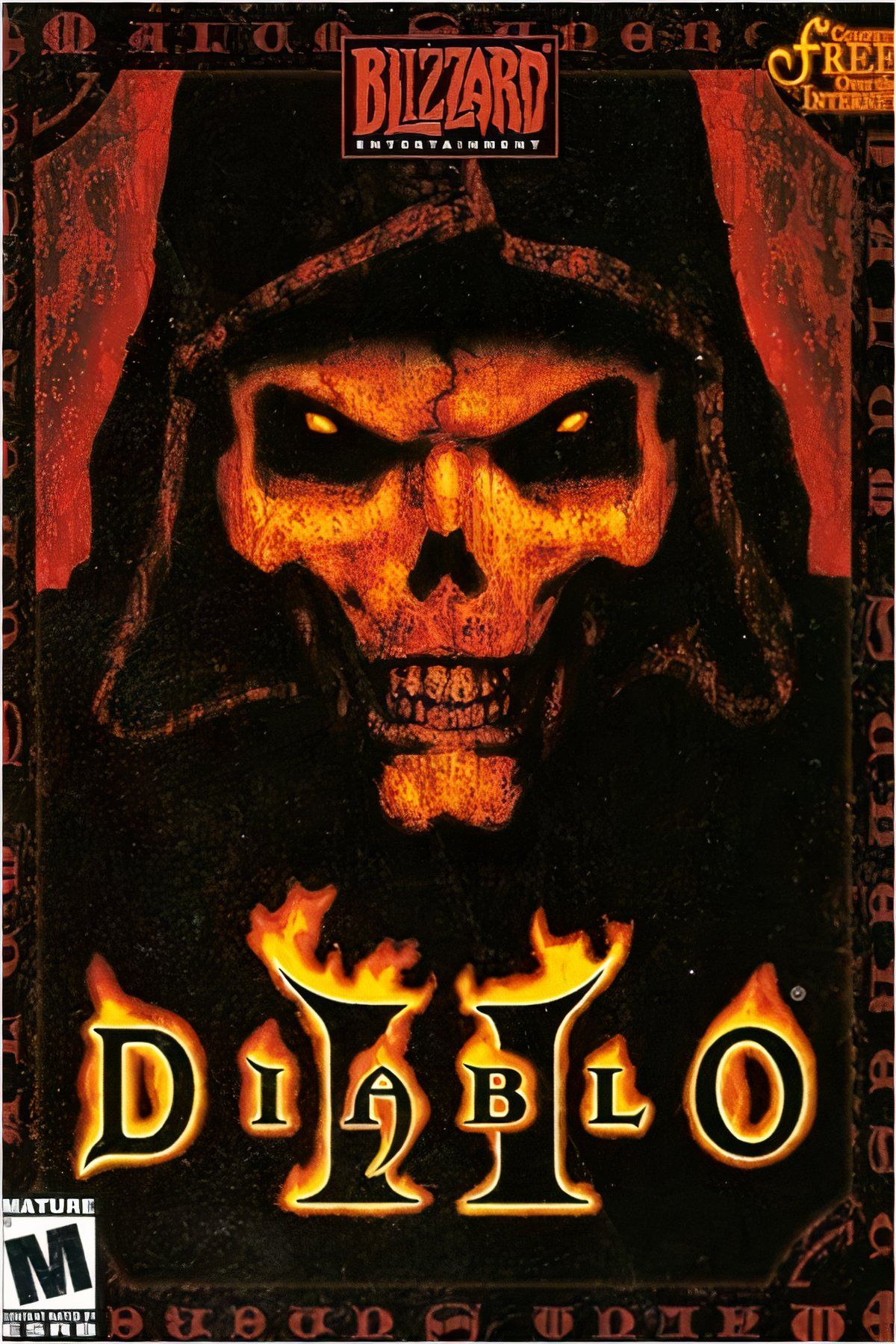On June 28, 2000, Blizzard Entertainment released Diablo 2 – the second entry in the dark fantasy action RPG series. This grim isometric hack-and-slash game took what its predecessor did and ran with it, introducing a vast degree of character builds, gorgeous and dynamic environments, and cutting-edge storytelling and worldbuilding to the game. In this way, Diablo 2 established itself as one of Blizzard’s Big Three franchises.
In the 25 years since then, every other ARPG that came after Diablo 2 has needed to follow in its footsteps. Even its own sequels, Diablo 3 and 4, live in its shadow, surpassing it in some aspects, and failing to compare in others. Diablo 2 was not the first ARPG, but it became the blueprint that defined the genre in significant ways.

Related
Two Diablo 3 Classes Could Be Top Contenders for Diablo 4’s Next Expansion
With Diablo 4’s next expansion likely to feature a brand new class, looking back at two Diablo 3 classes could serve as the perfect inspiration.
Diablo 2’s Lasting Impact on the Action RPG Genre
What Made Diablo 2 So Great?
One of the biggest factors that made Diablo 2 stand out was its vast breadth of viable builds. Massive skill trees allow players to make tons of crazy characters, including shout Barbarians, poison-focused werewolf Druids, and even melee Sorceresses. Beyond that, countless Unique items and Runewords could expand those options even further, opening even more possibilities for characters of every class.
Of course, one of the major reasons that is the case is because of when the ARPG came out. Diablo 2 has three difficulties – Normal, Nightmare, and Hell. Meanwhile, most of its contemporary counterparts are live service games that count on adding years of new content, some of which have endlessly increasing challenges. This engenders environments that produce a meta that must be followed in order to engage with content, disqualifying more experimental builds from being viable. Diablo 2 had a meta as well, but its defined difficulty ceiling meant there was much more wiggle room for builds.
Diablo 2 was also released in a time period when the internet was much younger. Far fewer guides existed online, providing even more opportunities to experiment without the pressure of an ever-changing meta.
Like the original Diablo, it also featured procedurally generated dungeons and zones, each with its own random encounters, secrets, and grimdark environments. This gave Diablo 2 excellent replayability – doubly so because it could be played together with friends. The ARPG was released in a time period when social media was quite new, so like many other online games at the time, Diablo 2 itself became a great place for gamers to meet, socialize, share builds, and battle the forces of Hell together.
Diablo 2 also took the lore foundation from its prequel and transformed it into something truly special. Environmental storytelling, class-specific dialogue, and gripping cinematics were all utilized in Diablo 2 to great effect, even going so far as to turn the hero of Diablo 1 into the main villain. This formed a narrative that was endlessly deep for players who sought it out, while not detracting from what made the game fun – killing lots of monsters.
The Legacy of Diablo – Blizzard Entertainment’s ARPG Pillar
These are just some of the factors that contributed to Diablo 2’s success. Intuitive controls, immersive art and sound design, and plenty of other stand-out pillars of Diablo 2 set a standard every ARPG that came after would be compared to. However, it was the way these features merged together to create a groundbreaking ARPG experience that led to the success of Diablo 2, and that success is perhaps its most important aspect.
The popularity of Diablo 2 solidified the dark fantasy franchise as one of Blizzard’s Big Three, alongside Warcraft and StarCraft. Though it took 12 years to release its sequel with Diablo 3, and 11 more years to drop Diablo 4, that very success paved the way for Diablo to exist in the modern day, including its own remastered version, Diablo 2: Resurrected. Needless to say, the ARPG genre, Blizzard, or gaming as it’s known today would not be the same without Diablo 2.



